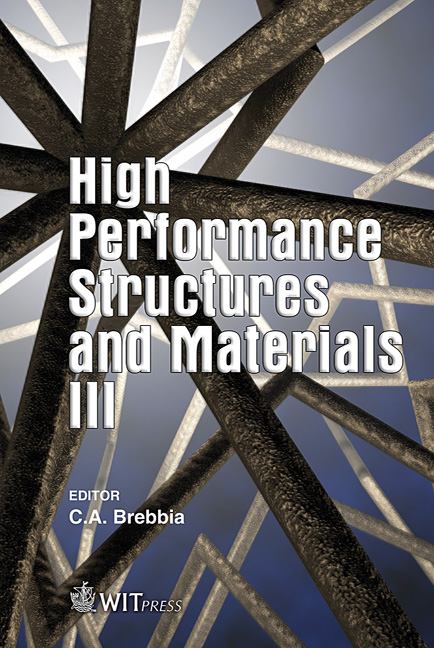Theory Of The Elasticity Of The Materials Of The Second Order
Price
Free (open access)
Transaction
Volume
85
Pages
9
Published
2006
Size
387 kb
Paper DOI
10.2495/HPSM060571
Copyright
WIT Press
Author(s)
V. Shorkin & V. Gordon
Abstract
It is admitted that a solid body is obtained by means of extraction from an infinite medium, and at the same time its state changes. To describe this phenomenon there a linear theory of elasticity of isotropic materials of the second order was used, generalized for the case of availability of the initial stressed state described by tensors of various ranks. They depend upon the physical nature of the body, the form of its boundary and position of points for their determination. The boundary effect – existence of surface tension and surface energy is described. The analysis of known test data regarding values of these quantities, wave dispersion in resilient media, calculus results on the basis of the model offered and one-dimensional theory of the crystalline lattice of elastic energy density for a number materials allowed values of elastic modulus and initial stresses to be determined. The created model of medium is used for the description of the stressed state of bodies adhered together, when their adhesion is considered to be one of the kinds of contact interaction. The calculus results of adhesion energy are confronted with the known data. Keywords: theory of the elasticity, materials of the second order, the initial stressed state, and surface energy, adhesion energy. 1 Introduction It is known that particles of solid body - atoms, ions, interact with the aid of the potential forces [1]. Therefore a change in the position at least of one particle of a body affects the position and the mutual influence of all remaining particles. The formation of the new section of free surface, for example, with the division, is accompanied by the separation of the sets of particles. On the one side, the
Keywords
theory of the elasticity, materials of the second order, the initial stressed state, and surface energy, adhesion energy.





